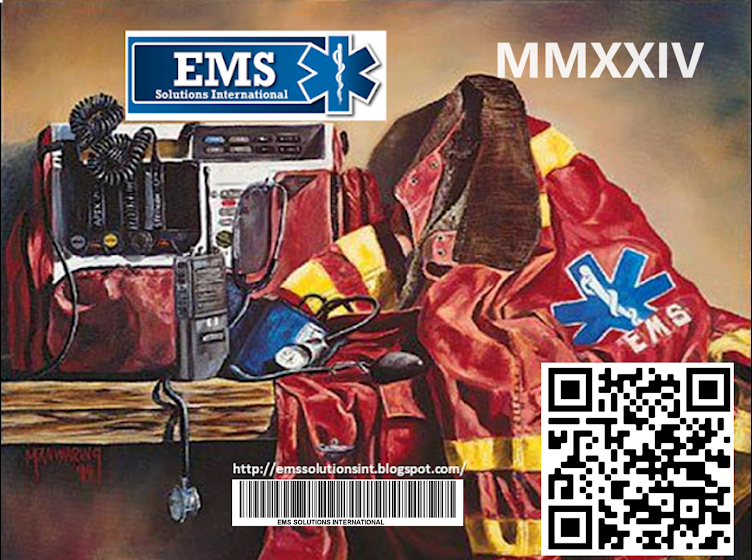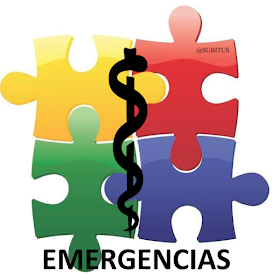 |
| EMS SAFETY COURSE By NAEMT |
Les esperamos en nuestro Grupo-Chat en TELEGRAM
SOCIEDAD IBEROAMERICANA DE EMERGENCIAS
http://www.naemt.org/
The EMS Safety program is designed to promote a culture of EMS safety and help reduce the number and intensity of injuries incurred by EMS practitioners in carrying out their work.
NAEMT's EMS Safety course aims to promote a culture of EMS safety and help reduce the number and intensity of injuries incurred by EMS practitioners in carrying out their work. The course increases the practitioners' awareness and understanding of EMS safety standards and practices and develops their ability to effectively implement them. EMS Safety is the first national and most comprehensive education program of its kind that teaches techniques on how to best achieve safety on the job.
The curriculum covers crew resource management, emergency vehicle safety, responsibilities in scene operations, patient handling, patient, practitioner and bystander safety, and personal health. It offers an overview of current issues surrounding safety in EMS, presents and discusses case studies, builds risk assessment and decision-making skills and provides an opportunity for participants to relate their own experiences with EMS safety issues.
EMS Safety is for all EMS practitioners, other medical professionals providing prehospital patient care, EMS supervisors and administrators concerned with safety. All NAEMT continuing education courses are accredited by the Continuing Education Coordinating Board for Emergency Medical Services (CECBEMS). They also are recognized for recertification requirements by the National Registry of Emergency Medical Technicians (NREMT).
We will post updates and changes that occur between editions of the EMS Safety Course. Any errors that are found in the materials will be addressed at 1st Edition Errata.
For more information about the course, please contact us at 1-800-34-NAEMT or e-mail education@naemt.org with your name and phone number where you can be reached. Please include if you are interested in holding the course or taking the course.
The curriculum covers crew resource management, emergency vehicle safety, responsibilities in scene operations, patient handling, patient, practitioner and bystander safety, and personal health. It offers an overview of current issues surrounding safety in EMS, presents and discusses case studies, builds risk assessment and decision-making skills and provides an opportunity for participants to relate their own experiences with EMS safety issues.
EMS Safety is for all EMS practitioners, other medical professionals providing prehospital patient care, EMS supervisors and administrators concerned with safety. All NAEMT continuing education courses are accredited by the Continuing Education Coordinating Board for Emergency Medical Services (CECBEMS). They also are recognized for recertification requirements by the National Registry of Emergency Medical Technicians (NREMT).
We will post updates and changes that occur between editions of the EMS Safety Course. Any errors that are found in the materials will be addressed at 1st Edition Errata.
For more information about the course, please contact us at 1-800-34-NAEMT or e-mail education@naemt.org with your name and phone number where you can be reached. Please include if you are interested in holding the course or taking the course.
 |
| EMS SAFETY COURSE By NAEMT LOGO |









































